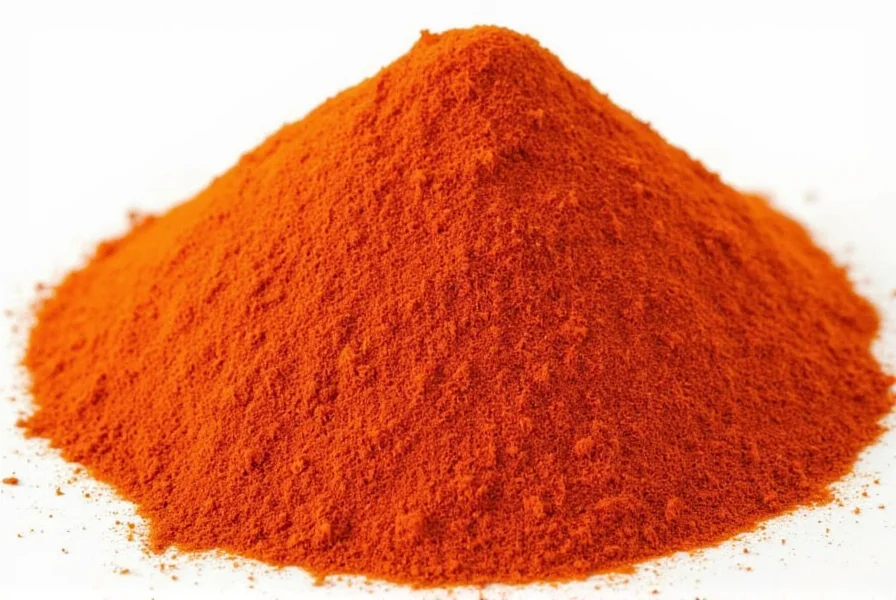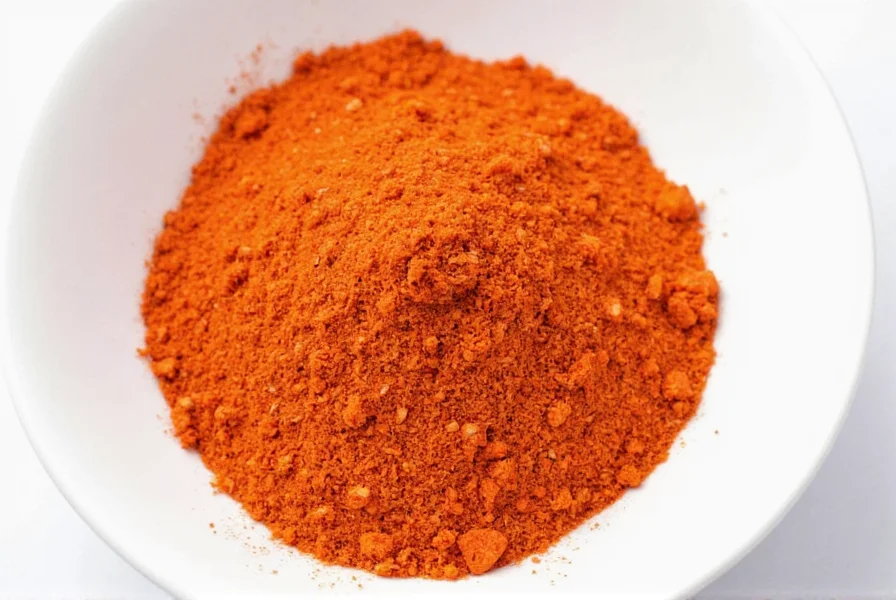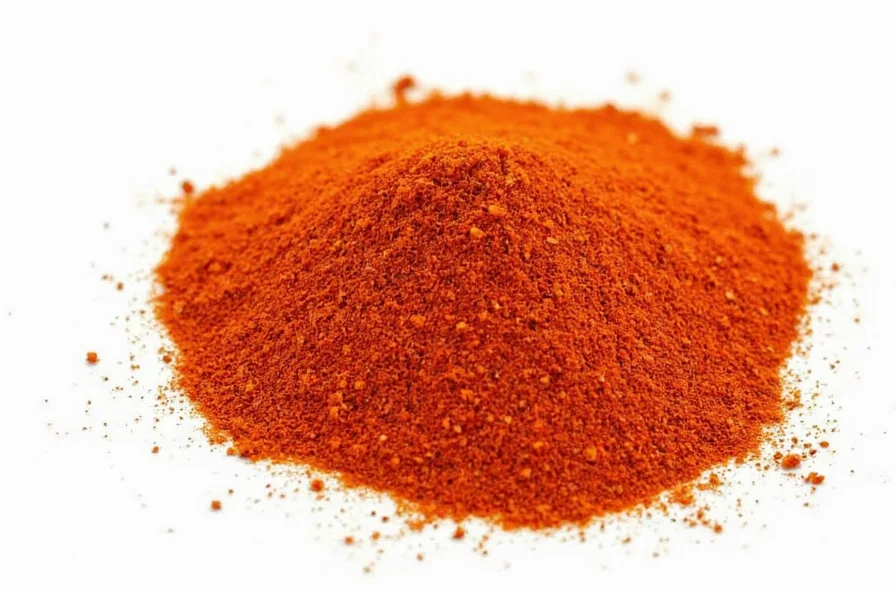Cayenne pepper flakes represent a versatile spice option that brings both visual appeal and distinctive heat to culinary creations. These small, dried pepper fragments deliver a more complex flavor experience compared to their powdered counterparts, with heat that builds gradually rather than hitting immediately. Understanding how to properly use cayenne pepper flakes can transform ordinary dishes into extraordinary culinary experiences while potentially offering certain health advantages.
What Exactly Are Cayenne Pepper Flakes?
Cayenne pepper flakes consist of dried cayenne peppers that have been broken into small, irregular pieces rather than being ground into a fine powder. These flakes typically measure between 1/8 to 1/4 inch in size and maintain the natural red color of mature cayenne peppers. The flake form preserves more of the pepper's essential oils compared to powder, resulting in a slightly different flavor profile and heat distribution when used in cooking.
When examining natural cayenne pepper flakes versus processed versions, look for products without added preservatives or anti-caking agents. High-quality flakes should have a vibrant red color and emit a noticeable aroma when opened. The best cayenne pepper flakes come from fully ripened peppers harvested at peak maturity, ensuring optimal flavor and heat characteristics.

Cayenne Pepper Flakes vs Powder: Key Differences
Understanding the distinction between cayenne pepper flakes and powder is essential for proper culinary application. While both originate from the same pepper variety, their physical properties create different cooking experiences:
| Characteristic | Cayenne Pepper Flakes | Cayenne Pepper Powder |
|---|---|---|
| Texture | Visible small pieces (1/8-1/4 inch) | Fine, uniform powder |
| Heat Release | Gradual, builds over time | Immediate, more intense upfront |
| Visual Impact | Red specks visible in dishes | Uniform color distribution |
| Flavor Complexity | More nuanced, layered heat | Straightforward heat profile |
| Best For | Garnishing, slow-cooked dishes | Rubbing, baking, sauces |
Understanding Heat Levels and Flavor Profile
Cayenne pepper flakes typically register between 30,000 and 50,000 Scoville Heat Units (SHU), placing them firmly in the medium-to-hot range of the chili pepper spectrum. This heat level makes them substantially hotter than jalapeños (2,500-8,000 SHU) but milder than habaneros (100,000-350,000 SHU).
The flavor profile of high-quality cayenne pepper flakes includes:
- A bright, slightly fruity undertone beneath the heat
- Earthy notes characteristic of mature red peppers
- A clean heat that doesn't overwhelm other flavors
- A gradual heat build that peaks after 30-60 seconds
When selecting cayenne pepper flakes for authentic cayenne pepper flakes recipes, consider the specific heat level you desire. Some commercial products blend different pepper varieties to achieve consistent heat, while artisanal producers may offer single-origin flakes with more distinctive flavor characteristics.
Top Culinary Applications for Cayenne Pepper Flakes
Chefs and home cooks value cayenne pepper flakes for their versatility across numerous cooking techniques and cuisines. Unlike powder, the flakes provide visual interest while delivering controlled heat.
Best Practices for Using Cayenne Pepper Flakes in Cooking
- Finishing touch: Sprinkle over finished dishes like pizza, pasta, or roasted vegetables for visual appeal and controlled heat
- Infused oils: Steep flakes in olive oil for 1-2 weeks to create flavorful spicy oil for dressings or dipping
- Slow cooking: Add early in stews or braises to allow gradual heat infusion
- Marinades: Combine with oil, acid, and other spices for meat or vegetable marinades
- Baking applications: Incorporate into bread doughs or savory pastries for subtle heat
For those exploring how to use cayenne pepper flakes in Italian cooking, try adding a pinch to tomato sauces, sprinkling over pizza before baking, or mixing into olive oil for dipping bread. The flakes complement tomato-based dishes particularly well, enhancing rather than overwhelming the natural flavors.
Health Considerations and Potential Benefits
Cayenne pepper contains capsaicin, the compound responsible for its heat, which has been studied for various potential health effects. When considering health benefits of cayenne pepper flakes, it's important to distinguish between established facts and areas requiring more research.
Current scientific understanding suggests:
- Capsaicin may temporarily boost metabolism by approximately 4-5% for several hours after consumption
- Topical capsaicin is FDA-approved for certain pain relief applications
- Peppers are rich in vitamin C and antioxidants
- Some studies suggest potential cardiovascular benefits, though more research is needed
When incorporating cayenne pepper flakes for potential health benefits, moderation is key. Most studies use concentrated capsaicin extracts rather than culinary amounts of pepper flakes. A typical serving would be 1/8 to 1/4 teaspoon added to food.
Proper Storage for Maximum Freshness
To maintain the vibrant color, flavor, and heat of your cayenne pepper flakes, proper storage is essential. Exposure to light, air, and moisture rapidly degrades quality.
Follow these storage recommendations for how to store cayenne pepper flakes:
- Keep in an airtight container away from direct sunlight
- Store in a cool, dark place (not next to the stove or oven)
- Consider refrigeration in humid climates to prevent moisture absorption
- Label containers with purchase date - optimal flavor lasts 6-12 months
- Freeze for long-term storage (up to 2 years) in vacuum-sealed bags
Signs that your cayenne pepper flakes have lost potency include faded color, diminished aroma, and reduced heat level. Properly stored flakes should maintain their vibrant red color and strong aroma for at least 6 months.

Substitution Options and Measurement Guide
When you need to substitute cayenne pepper flakes, understanding equivalent measurements ensures your dish maintains the intended flavor profile. The following conversion guide helps with cayenne pepper flakes substitution ratios:
- 1 teaspoon cayenne pepper flakes = 1/2 teaspoon cayenne powder (adjust to taste)
- 1 teaspoon cayenne pepper flakes = 1-2 fresh cayenne peppers (finely chopped)
- 1 teaspoon cayenne pepper flakes = 1/4-1/2 teaspoon red pepper flakes (depending on brand)
- 1 teaspoon cayenne pepper flakes = 1/8-1/4 teaspoon cayenne powder + pinch of paprika (for color)
When substituting, remember that cayenne pepper flakes provide both heat and visual appeal that powder cannot replicate. For dishes where appearance matters, consider adding a small amount of paprika alongside powder to maintain the red speckled appearance.
Common Questions About Cayenne Pepper Flakes
What's the difference between cayenne pepper flakes and red pepper flakes?
Cayenne pepper flakes come specifically from cayenne peppers (typically 30,000-50,000 SHU), while "red pepper flakes" usually refer to a blend of various red chili peppers including crushed red pepper, which may include cayenne but often contains milder peppers like bell peppers. Cayenne flakes provide more consistent, predictable heat compared to generic red pepper flakes.
How much cayenne pepper flakes equals a fresh cayenne pepper?
One medium fresh cayenne pepper (approximately 6 inches long) yields about 1-1.5 teaspoons of dried cayenne pepper flakes after proper dehydration. When substituting fresh for dried, use a 3:1 ratio (3 parts fresh to 1 part dried) as a starting point, then adjust to taste.
Can I make my own cayenne pepper flakes at home?
Yes, you can make homemade cayenne pepper flakes by drying fresh cayenne peppers in a food dehydrator (135°F for 8-12 hours) or oven (lowest setting with door slightly open for 6-8 hours), then breaking them into small pieces. Properly dried peppers should be brittle and snap easily. Store in an airtight container away from light for best results.
Are cayenne pepper flakes gluten-free?
Pure cayenne pepper flakes are naturally gluten-free as they contain only dried cayenne peppers. However, some commercial products may be processed in facilities that handle gluten-containing products. For those with celiac disease or severe gluten sensitivity, look for certified gluten-free cayenne pepper flakes to avoid potential cross-contamination.
How can I reduce the heat of cayenne pepper flakes if I've added too much?
If you've added too much cayenne pepper flakes to a dish, you can mitigate the heat by adding dairy products (milk, yogurt, sour cream), acidic components (lemon juice, vinegar), or sweet elements (sugar, honey). For soups or sauces, increasing the overall volume with additional non-spicy ingredients can also help dilute the heat. Remember that heat from cayenne builds over time, so give your dish 10-15 minutes after adjustments before tasting again.











 浙公网安备
33010002000092号
浙公网安备
33010002000092号 浙B2-20120091-4
浙B2-20120091-4